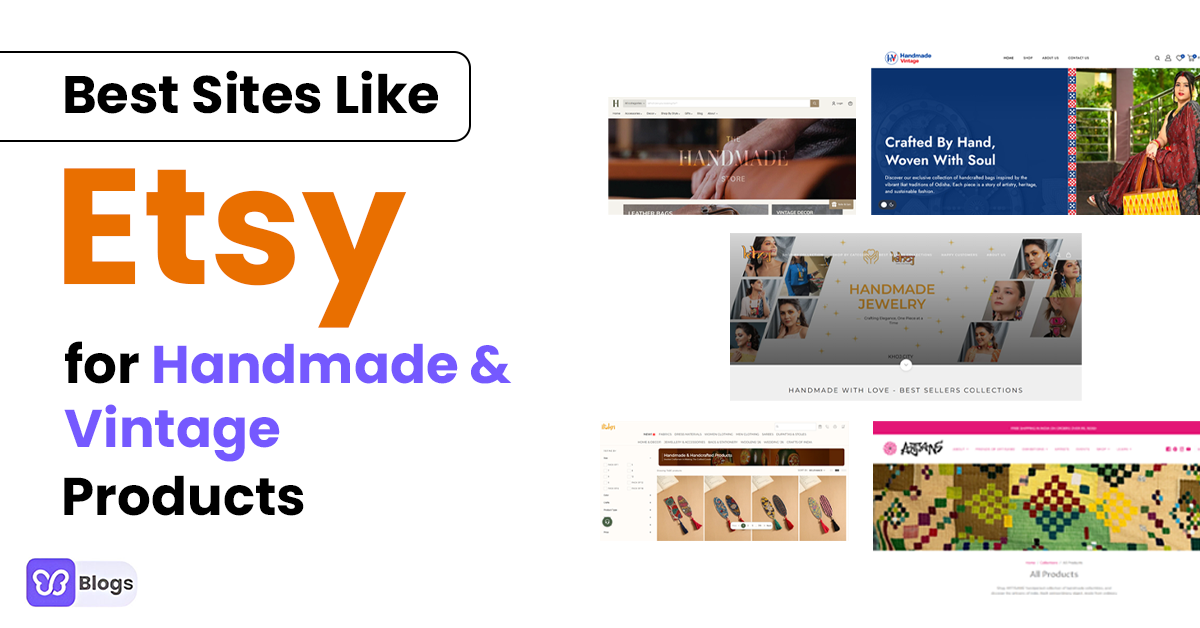Are you ready to take your blog posts from "meh" to "WOW"?
We all know that in the vast and ever-evolving digital landscape, creating engaging blog content is the secret sauce that sets your brand apart. But fear not, because we've got the ultimate recipe for success right here.
Picture this: You've poured your heart and soul into crafting a great blog post, only to hear crickets in response. Cue a sad trombone.
We've all been there, and it's no fun. That's why creating engaging blog content is absolutely crucial. It's like a magnet that attracts readers, keeps them hooked, and compels them to take action.
Whether you're aiming to educate, entertain, or inspire, engaging content is the key to building a loyal audience, boosting brand awareness, and driving conversions.
It's time to turn those readers into raving fans!

Proofread and edit your blog post

Before hitting the publish button, it's crucial to thoroughly proofread and edit your blog post to ensure it is error-free, clear, and coherent. Proper editing enhances the overall quality of your content and helps you deliver a professional and polished piece.
Here are two important aspects to consider during the proofreading and editing process:
Checking for grammar, spelling, and punctuation errors
Grammar, spelling, and punctuation mistakes can undermine the credibility of your blog post and distract readers. To ensure your content is error-free, follow these steps:
1. Read slowly and carefully: Read your blog post slowly, word by word, to catch any spelling or grammar mistakes that might have been missed during the writing process. Pay attention to each sentence and ensure they are grammatically correct.
2. Use proofreading tools: Utilize grammar and spell-checking tools like Grammarly or Hemingway Editor to identify and correct any errors. These tools can catch common mistakes and offer suggestions for improvements.
3. Double-check names, facts, and figures: If your blog post includes specific names, facts, or figures, verify their accuracy to avoid misinformation.
Ensuring clarity, coherence, and consistent tone
In addition to checking for errors, it's essential to ensure that your blog post is clear, coherent, and maintains a consistent tone throughout. Consider the following steps:
1. Review sentence structure: Check that your sentences are clear and concise. Eliminate any unnecessary words or phrases that may confuse or dilute your message.
2. Ensure logical flow: Read your blog post from start to finish and assess the overall flow and organization. Ensure that your ideas progress logically and that each paragraph connects smoothly to the next.
3. Maintain consistent tone: Make sure your writing maintains a consistent tone and voice. If your blog post is informal and conversational, ensure that it remains so throughout. If it's more formal and professional, maintain that tone consistently.
4. Use headings and subheadings: Break up your content with headings external links and subheadings to improve readability and help readers navigate through your blog post easily.
5. Check formatting and visuals: Ensure that your blog post is properly formatted with appropriate font styles, sizes, and spacing. Additionally, check that any visuals, such as images or infographics, are correctly placed and enhance the overall readability of your content.
By thoroughly proofreading and editing your blog post, you can catch and correct any grammar, spelling, or punctuation errors. Additionally, you can enhance the clarity, coherence, and overall quality of your content.
Your ultimate checklist for crafting irresistible articles!
By following these steps, you can create engaging blog posts that not only attract readers but also drive conversions and establish your authority in your niche.
Embrace the checklist as a valuable resource and refer to it whenever you create new content. Continuously challenge yourself to improve your writing skills and experiment with different techniques to keep your blog posts fresh and engaging.
So, take this checklist, implement it in your blog writing process, and watch as your content becomes more engaging, impactful, and successful.
Happy blogging!
Optimize your blogs with Debutify theme!









